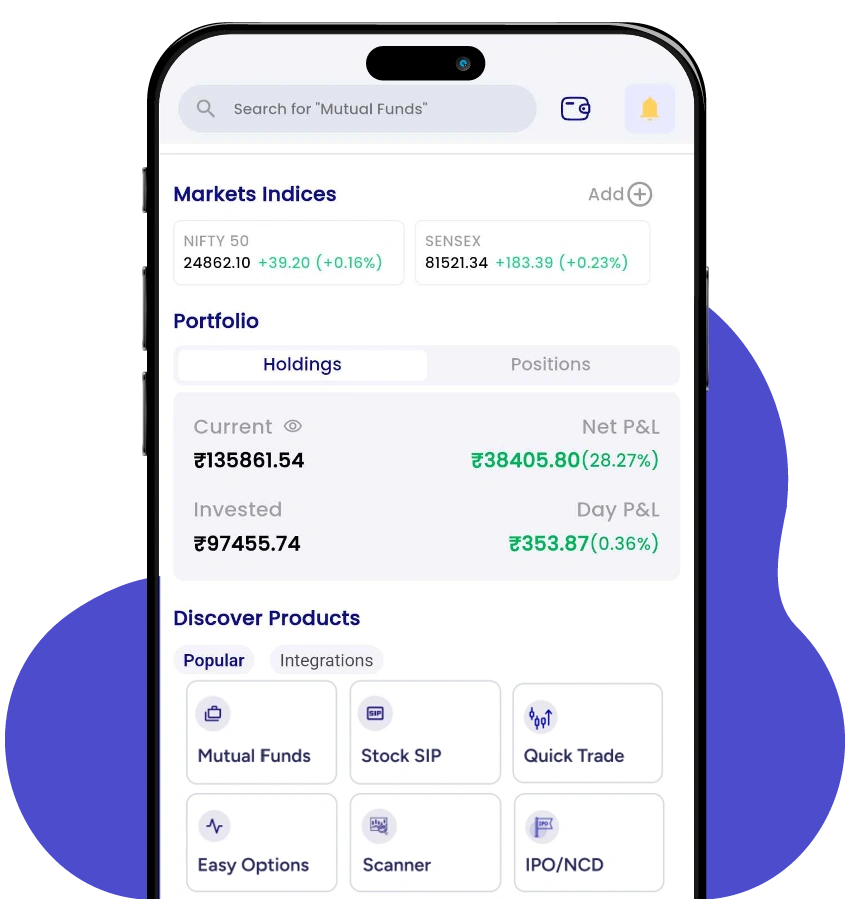Indian Markets Eye Tumultuous Week as Tariff Risks, FII Outflows and GST Decisions Converge
- 25th August 2025
- 04:30 PM
- 3 min read
Summary
Indian stock markets are set for a volatile week as investors track the August 27 US tariff deadline, persistent FII outflows, key GDP and IIP data releases, and the GST Council meeting on rate rationalisation. Nifty faces resistance at 25,000 and support near 24,750, making volatility the central theme for Sensex and Nifty.Mumbai | August 25 – Indian equities are bracing for a turbulent week as global trade frictions, foreign fund flows and key domestic policy decisions converge to test market resilience. After opening firm on Monday in line with other Asian peers, the Sensex and Nifty 50 slipped into volatility during the afternoon trade, reflecting cautious sentiment among investors. With the looming US tariff deadline, persistent selling by foreign investors, and crucial data releases lined up, traders are preparing for heightened swings in the days ahead.
The most immediate overhang comes from the 25% US tariff on Indian exports, due to take effect from August 27. The measure, combined with additional penalties on crude imports from Russia, threatens to erode competitiveness for several domestic industries. While there is optimism that ongoing talks between New Delhi and Washington may secure an extension, the uncertainty is weighing heavily on sentiment. A breakthrough could provide a near-term boost, but the risk of a hard deadline has forced investors to adopt a defensive stance.
Adding to the caution is sustained pressure from Foreign Institutional Investors (FIIs). Overseas funds have withdrawn more than ₹22,000 crore from Indian equities so far in August, making the market one of the region’s underperformers relative to global peers. Analysts believe that while India’s long-term fundamentals remain intact, clarity on trade tariffs and progress on GST rationalisation will be critical to restoring foreign flows. Until then, the selling trend may continue to act as a cap on any meaningful rally.
Domestic triggers are equally significant this week. The release of GDP growth and Index of Industrial Production (IIP) data will provide fresh insights into the strength of the economy. First-quarter earnings for FY26 were muted, with only a handful of sectors posting resilience, making macroeconomic indicators more important in shaping expectations. Investors will watch closely whether India’s growth momentum can hold up against the backdrop of global tariff tensions and weakening demand in other major economies.
Another key event is the two-day GST Council meeting in New Delhi, where ministers are expected to deliberate on tax rate rationalisation. Reports suggest that revised GST slabs could be rolled out by late September, ahead of the festive season that begins with Navratri. Any reduction in tax rates would directly support consumption-driven sectors such as consumer durables, auto and retail, potentially offsetting some of the headwinds from external pressures. Market participants will be alert to announcements that could lift domestic demand sentiment.
From a technical perspective, Nifty 50 is showing signs of indecision. The index closed the previous week with a bearish engulfing pattern, a formation that typically signals weakness, underscoring uncertainty among traders. Market watchers see 25,000 as a strong resistance level, with 24,750 providing immediate support. A breach on either side is likely to determine near-term direction, adding another layer of volatility to trading sessions this week.
Overall, Indian markets enter the final week of August with more questions than answers. The interplay between global trade developments, foreign investor behaviour, domestic policy action and technical signals will dictate the course for both Nifty and Sensex. While optimism remains for a positive resolution on tariffs and supportive policy measures at home, the balance of risks suggests that volatility is set to remain the dominant theme.





